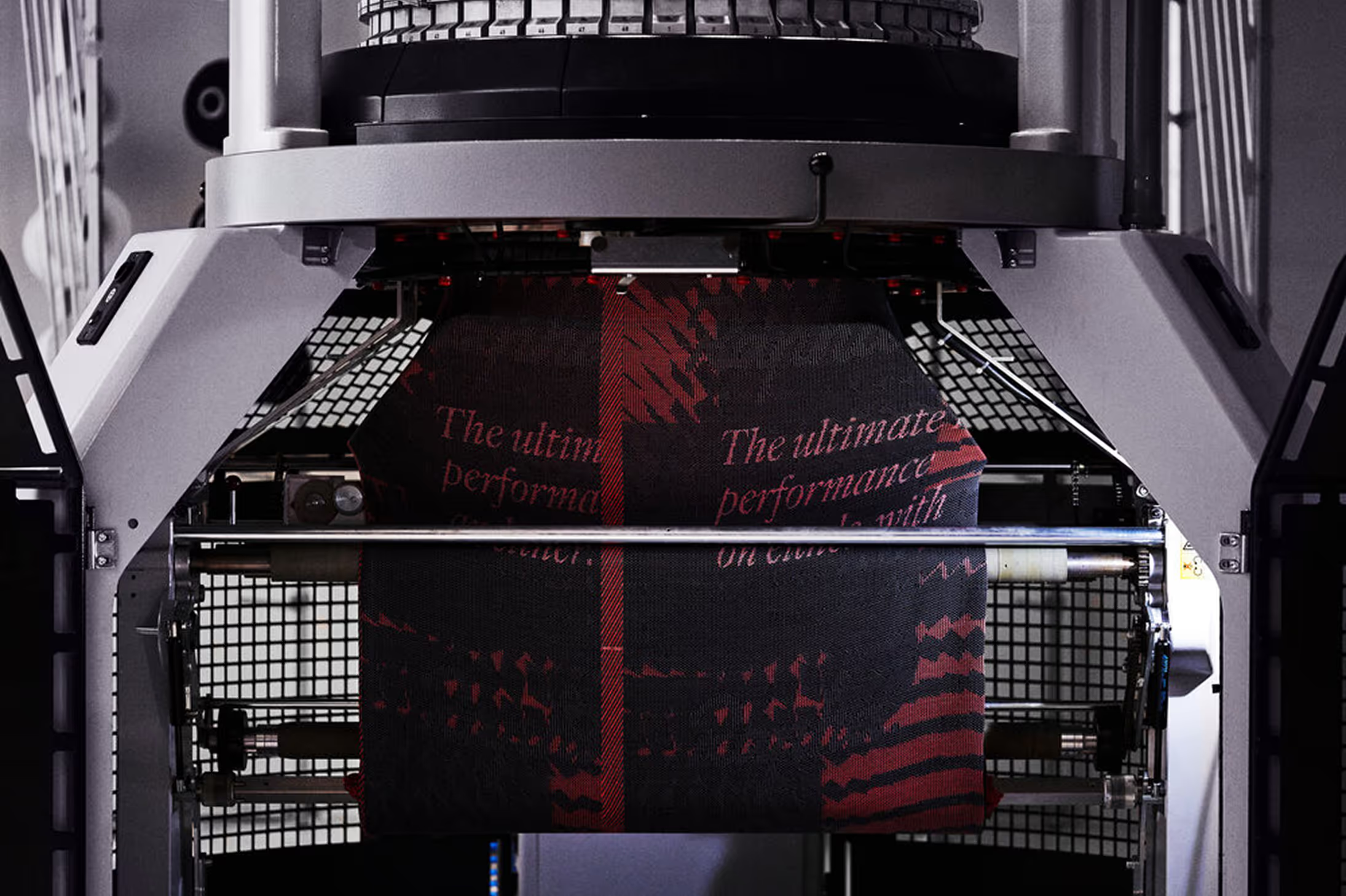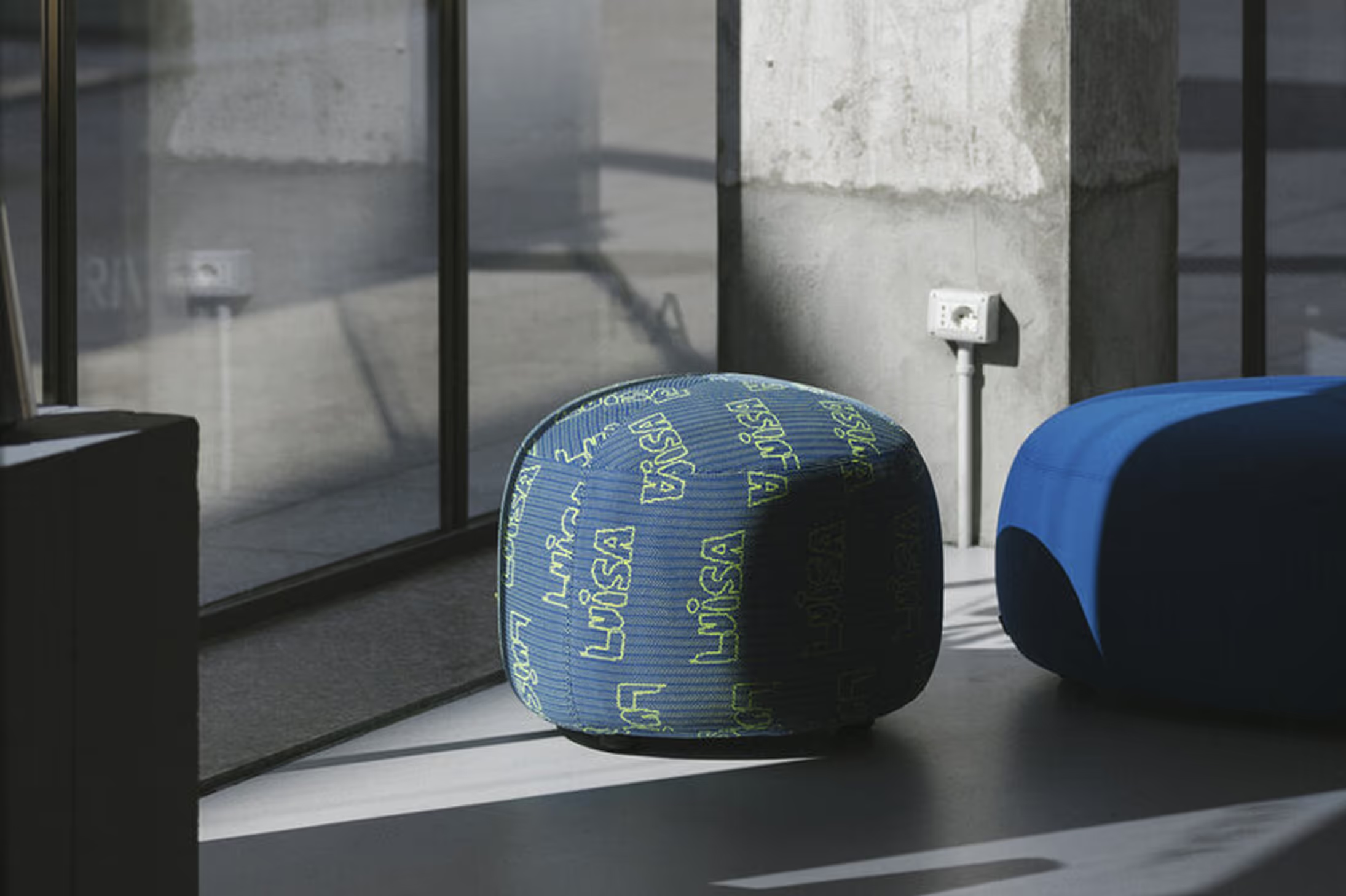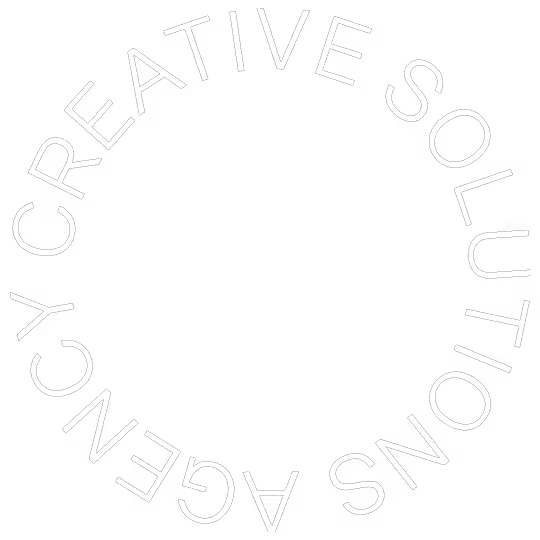Transparency is no longer optional
Why proof is the new brand currency
Are the days of performative ethics numbered? Is the dawn of accountability upon us? If the EU’s latest legislation is anything to go by, it certainly seems so.
A constellation of legislative crackdowns and evolving consumer expectations have manifested in an era of brand reckoning – solidified by the EU’s forthcoming Digital Product Passport (DPP). Already enshrined in legislation, the DPP is set to be introduced in 2027 and will track everything from product origins to recyclability. It’s a watershed moment that’ll force brands to not only declare their values but demonstrate them too.
Setting a new baseline: From rhetoric to reality
We’re witnessing a seismic transition: transparency is no longer the marketing soapbox from which empty promises can be touted into the ether. A new paradigm is underway – one where the road to brand success is paved with visibility. Scanning a QR code will soon give consumers instant access to a product’s history – its sustainability, journey, and lifecycle. This operational openness demands deep restructuring and shines a light on every gap in the system. But for brands bold enough to set transparency as their standard, the payoff is immense: trust, differentiation, and the chance to navigate ahead of looming regulatory hurdles.
To grasp the nuance of this shift, we turned to Borre Akkersdijk, founder of [A target='_blank' link='https://byborre.com/']BYBORRE[/A] – a designer whose path through the textile industry is as much about technical mastery as it is about challenging convention. BYBORRE’s evolution reads like a playbook for the future: an early obsession with textile’s tactile and emotional resonance giving way to a vision for democratised innovation and digital transparency.

source: [A target='_blank' link='https://byborre.com/']Byborre[/A]
BYBORRE: The anatomy of a transparent textile innovator
BYBORRE’s story doesn’t begin with the digital – rather, with years spent at the loom, understanding the complexity of material and process. Borre describes textiles as ‘the material we use most but know so little about’. His journey started with tangible curiosity, moving from hands-on exploration in European mills to hacking software in a bid to understand (and eventually digitise) the entire creation chain.
It wasn’t always meant as a tech revolution. For Borre, digitisation was a means to demystify production, give designers more control, and make invisible processes visible – not for compliance, but for pride in partnerships and ethical choices. ‘For us, making a transparent passport was never for due diligence. It was because we were proud of our partners,’ he recalls. This approach grew from a need to showcase possibility – first through BYBORRE’s own fashion collections, then through collaborations that brought their textiles to wider audiences.
Yet, the fashion world – ever enamoured with innovation at the surface – proved reluctant to pay for the deep work of supply chain transparency. ‘Fashion didn’t want to pay for it. They don’t have legislation yet; it’s only coming in 2027. So, we were way ahead of the curve.’ Instead, BYBORRE found synergy in interiors, furniture, and architecture – industries already familiar with stricter regulations and with a greater willingness to invest in both functionality and traceability.

source: [A target='_blank' link='https://byborre.com/']Byborre[/A]
Digitisation, customisation and storytelling
BYBORRE’s ‘pixel to needle’ approach isn’t merely a catchy phrase – it’s the backbone of a platform that lets brands, big and small, design textiles tailored to specific needs, with transparency built into every step. This digitisation is a radical departure from the textile industry’s old guard, which kept innovation inaccessible and standardised materials the norm. Borre highlights how most companies offer only catalogue options, limiting a brand’s ability to express its DNA. By contrast, BYBORRE’s system grants brands control – over function, impact, aesthetics, and ultimately, narrative.
The ripple effect is profound: for the first time, smaller, emerging brands can gain direct access to both innovation and compliance – a structural shift that levels the playing field. On-demand, bespoke production minimises waste, jettisons the outdated ‘waterfall’ model, and aligns with a new cultural expectation: that products should be built for lasting use, with repair and reuse embraced as core values. ‘Sustainability is not a leverage point anymore,’ Borre insists. ‘Companies need to be truly responsible – do less, do it on demand, and focus on use, not just the sale.’

source: [A target='_blank' link='https://byborre.com/']Byborre[/A]
Legislation as opportunity: The coming compliance wave
The EU’s DPP is both challenge and catalyst. With requirements spanning from material origins to carbon footprints and labour practices, the legislation will make drop-shipping and opaque supply chains a relic of the past. Borre sees the evolving laws as a ‘massive opportunity’ – particularly for European brands and platforms like BYBORRE, which have transparency embedded in their DNA.
In Borre’s eyes, this is a turning point for nimble, values-driven operations: emerging brands unburdened by decades of legacy systems have the chance to lead, while entrenched players who resist transparency risk obsolescence and regulatory roadblocks. The supply chain passport – once a badge of internal pride – has become a blueprint for success under Europe’s new and evolving legislation.

source: [A target='_blank' link='https://byborre.com/']Byborre[/A]
From gatekeepers to community: The new brand paradigm
Arguably, the most profound insight from BYBORRE’s journey is the recognition that brand power is shifting from legacy gatekeepers to direct community connection. Borre draws parallels to music and tech: just as Spotify and Uber transformed their respective industries by granting direct access, digital platforms in textiles and fashion are poised to do the same.
This isn’t just theory. BYBORRE’s belief in empowering smaller brands has already given rise to a landscape where creators – no matter their size – can collaborate, customise, and launch products without being beholden to conglomerates. Borre points to streetwear and sportswear brands as harbingers of this change, where loyalty, authenticity, and community drive demand. Collaborations between major labels and independent creators reveal the new playbook: value is created in the strength of community, not just scale.
The traditional industry structure, reliant on intermediaries who control access to innovation and production, is giving way. Digital democratisation means brands can design, produce, and distribute on their terms, connecting directly with enthusiasts – and thus rewriting what ‘brand’ means in the process.

source: [A target='_blank' link='https://byborre.com/']Byborre[/A]
Designing the future of responsible branding
What does the future hold? For Borre Akkersdijk and BYBORRE, the answer is clear: transparency, digital access, and responsible production will no longer be features but foundations. The narrative is shifting from a marketing lens – where ‘green’ is something to tout on a label – to one of deep, provable credibility.
Brands, especially those born into the age of accountability, have unprecedented opportunities to lead. The winners will be those who embrace traceability, empower direct relationships with their communities, produce with intention, and see value not just in the sale but in lifelong product use.
As legislative deadlines approach and the rules of engagement change, those who move first – who reimagine their supply chains, reject outdated gatekeeping, and champion operational integrity – will shape the next era of creative commerce. For brands ready to do the work, visibility is no longer a burden but the gateway to enduring relevance, loyalty, and growth.





